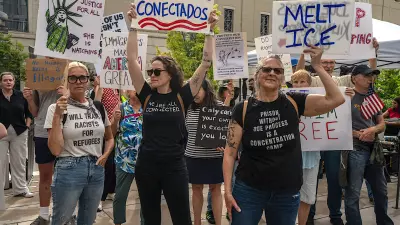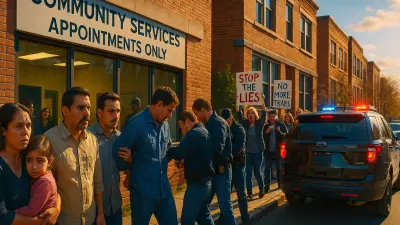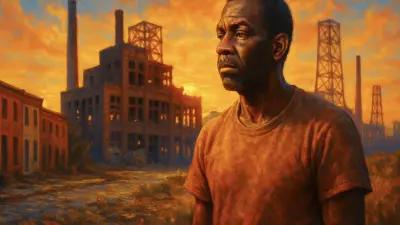Klavon’s Ice Cream Parlor, a favorite in Pittsburgh’s iconic Strip District, made national headlines recently when the co-owners responded to difficulty in recruiting scoopers by raising wages to $15 per hour.

As an anecdote about labor markets in a Postindustrial city, the episode offers a colorful and tasty illustration of a larger challenge. Regional unemployment in southwestern Pennsylvania has slowly fallen over the past year, but the labor force as a whole hasn’t grown. In a market capitalist economy, open jobs and fewer people to fill them mean that wages rise, other things being equal. That’s the labor story. What about the management story? Will profits fall? Klavon’s says no; its business is fine.
Beyond the economics of ice cream, the Klavon’s story highlights an even more important theme, one that extends beyond rising or falling numbers of workers and well beyond the COVID-19 pandemic. Pittsburgh’s future prosperity depends largely on how the regional workforce is compensated. In other words, it depends largely on how Pittsburgh’s workers negotiate for their share of the wealth.
In a phrase, the drivers of Pittsburgh’s economic renaissance risk driving the region over a prosperity cliff.
Pittsburgh’s labor history is long and often unhappy. In the Battle of Homestead in 1892, the Carnegie Steel Company broke the union — the AA, the Amalgamated Association of Iron and Steel Workers, setting the terms of labor relations in both the industry and the region for decades. Adversarialism later turned to harmony. Settlements between US Steel Corp. and its unions traded labor peace for generous wages, benefits, and working conditions. Those gave 20th century stability and prosperity to much of Pittsburgh’s working and middle classes. But as John Hoerr documented in “And the Wolf Finally Came” in 1988, that harmony contributed to the competitive complacency that eventually brought Pittsburgh to its knees.
Pittsburgh’s craft unions are still here, much diminished in size and political and economic influence. But the social and economic questions that they highlighted are very much still with us. What’s the price of prosperity?
The present and future of Pittsburgh, for better or for worse, isn’t manufacturing and industry. It’s services and technology. At a macro level, the wealth of the region depends largely on the skills and ambitions of the younger professionals who work the levers of robotics and AI startups, local behemoths such as UPMC, Pitt, and CMU, and the Pittsburgh wings of global tech giants such as Facebook and Philips. That’s not news; that’s been the key to Pittsburgh’s post-steel rebound for at least 30 years.
Does Pittsburgh want the shared, sustainable prosperity and quality of life that it needs? Put money into the neighborhoods. Pay people more.
The micro level matters too, and it may matter even more. A recent book by Gabriel Winant, “The Next Shift: The Fall of Industry and the Rise of Health Care in Rust Belt America,” pointed out that the shared prosperity associated with 20th century manufacturing hasn’t translated into comparable income equality in the 21st century services sector. Modern health care — the centerpiece of Pittsburgh’s “eds and meds” economy — features a band of high-income earners at the top and a large pool of much lower-income earners in the middle and at the bottom. It’s increasingly obvious that the tech sector generally is badly exploiting all but a few of the people who work in it. Check out the recent photo essay, Seeing Silicon Valley, by Stanford professor Fred Turner and photographer Mary Beth Meehan, to see the true present state of the local neighborhoods where Google, Facebook, and Apple thrive as global corporations.
In a phrase, the drivers of Pittsburgh’s economic renaissance risk driving the region over a prosperity cliff. Despite the overall story of prosperity, Pittsburgh’s steel history also left the region a legacy of economic inequality that is only now truly coming to light. As a community, not only via leadership, Pittsburgh’s economic development strategies need to remedy that inequality, not double down on it.
The key? Growth. Not growth in the number of people; Pittsburgh as a region is experiencing some helpful population turnover, but the total number of people living here is shrinking, not growing. The evidence points to that long-term trend continuing. And not growth as in more businesses for Pittsburgh — though that’s not a bad thing in itself.
Growth means income growth — expanding the pie, not just re-dividing the pie. Growth means more money in the hands of Pittsburgh’s non-growing workforce. Does Pittsburgh want the shared, sustainable prosperity and quality of life that it needs? Put money into the neighborhoods. Pay people more.







